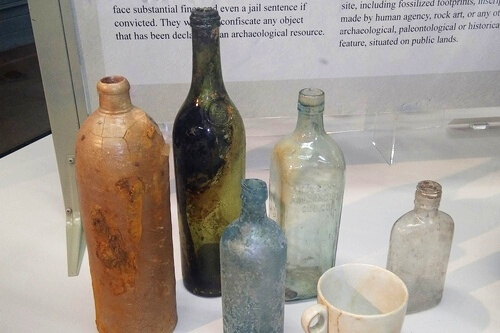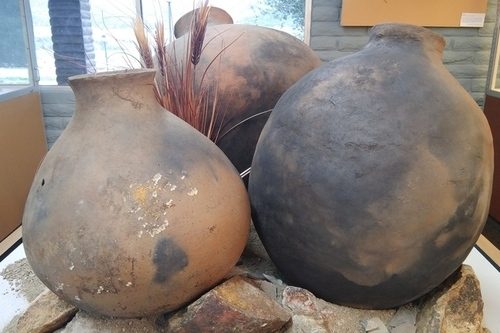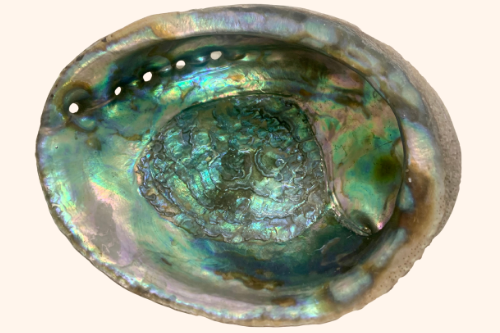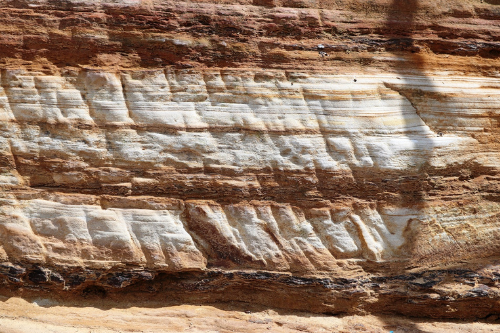
The Wonderful World of Geology
The Wonderful World of… is a monthly blog focusing on some of the many themes, concepts, and sub-disciplines related to the fascinating world of Southern Californian archaeology.
What is Geology?
While geology is a scientific field of its own, archaeology and geology are very much intertwined. An incredibly important part of geology is the study of rocks and minerals! Rocks and minerals have been useful to humans and animals since the very beginning. Utilized as tools, building materials, shelter, and even consumed daily, these natural resources have been and still are important and beneficial pieces to life as we know it.
Learn about the differences between rocks and minerals in this video.
Depending on their formation, rocks are categorized into three basic types: Sedimentary, Igneous, and Metamorphic.
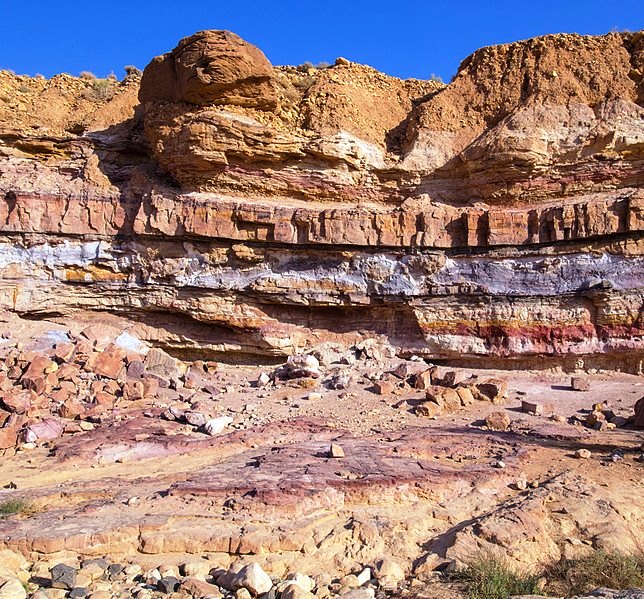
Photo: Rhododendrites
Sedimentary Rock
Sedimentary rocks are made of minerals that were deposited into the Earth by wind, water, ice, plants, or animals. As sedimentary rocks are buried, their layers are compacted together. A good indicator is of this type of rock is the visible layers of different materials that have been compressed together over time by nature’s elements. There are three types of sedimentary rock: Chemical, Clastic, and Biological.
This is an example of colorful layers of sedimentary rock taken in Makhtesh Ramon, Israel.
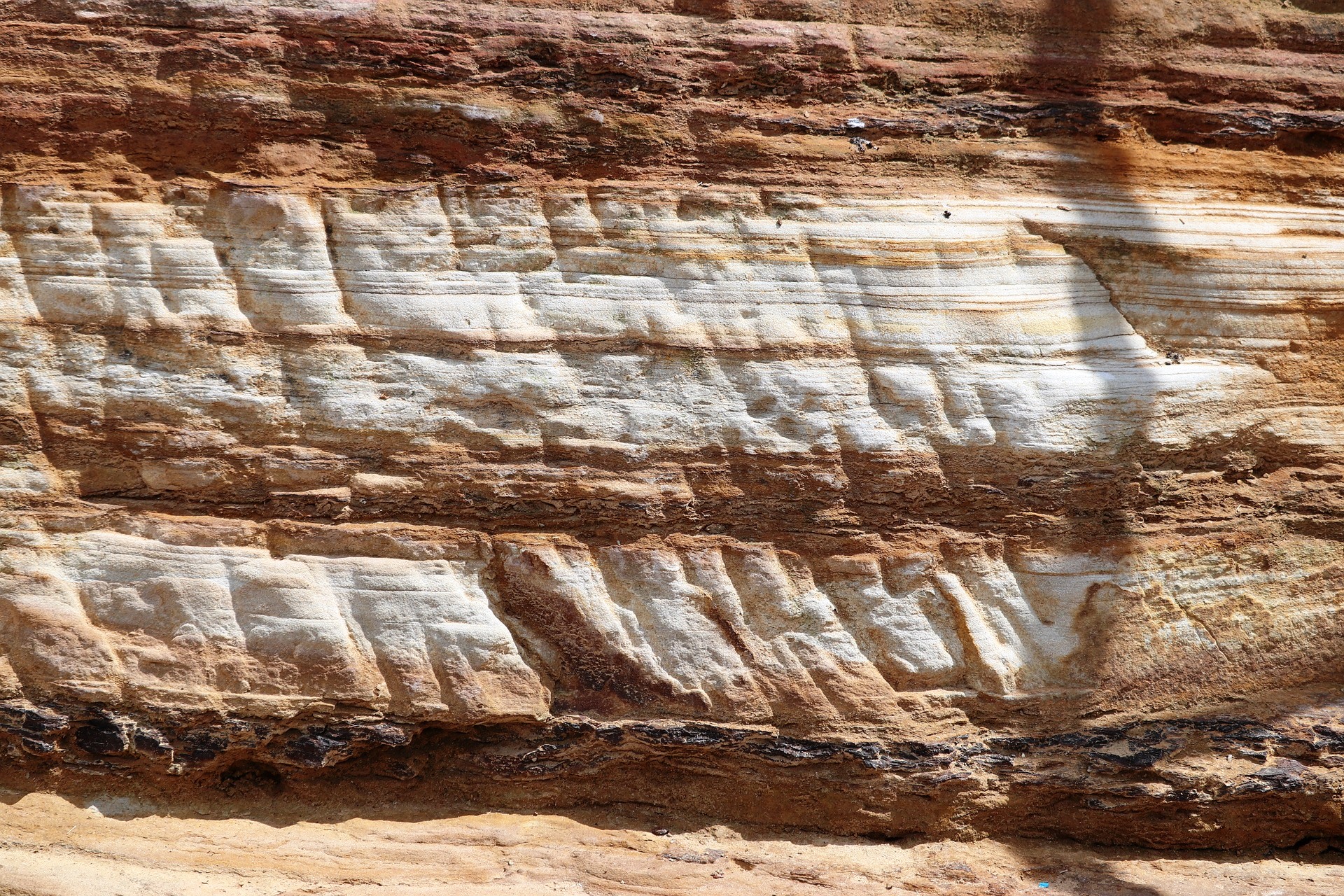
Sedimentary Rock in San Diego
Sandstone is a great example of clastic sedimentary rock. This type of rock is commonly found in San Diego County. These rocks are usually very soft, grainy, and easily crumble. Many of the cliffs you see near coastal San Diego are made of sandstone.
Igneous Rock
Igneous rocks, coming from the Latin word ignis meaning “fire”, are formed either beneath the Earth’s surface when magma cools (slowly), forming rocks with large crystals; or on the surface when lava cools (rapidly), and forming rocks with small crystals. Depending on how these rocks cool, they are either considered extrusive or intrusive. Extrusive igneous rocks are formed when lava cools rapidly above ground. Archaeologists often call igneous rocks volcanic rocks.
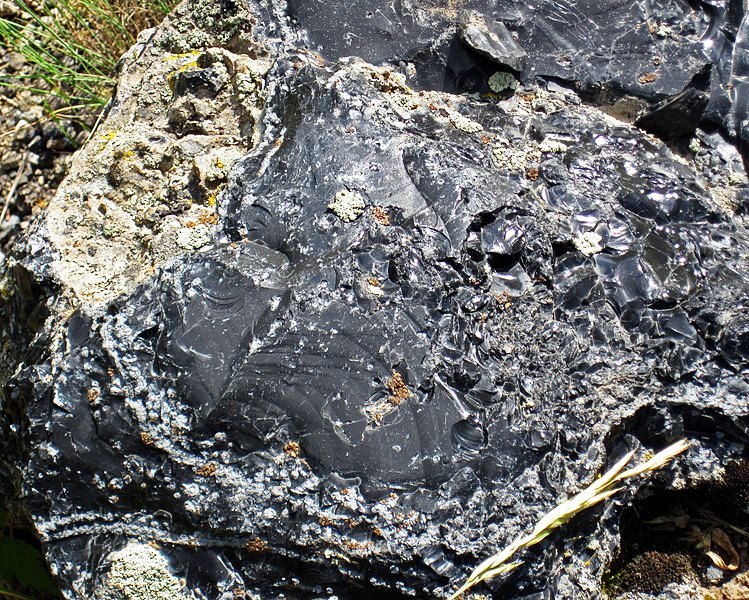
Photo: James St. John
Igneous Rock in San Diego
Obsidian is an example of igneous rock that is formed when lava cools rapidly. Sources of obsidian in San Diego County likely originate from the Salton Sea, Coso Range, and Baja California. Obsidian is glass-like and popular for projectile points, made by the process of flintknapping.
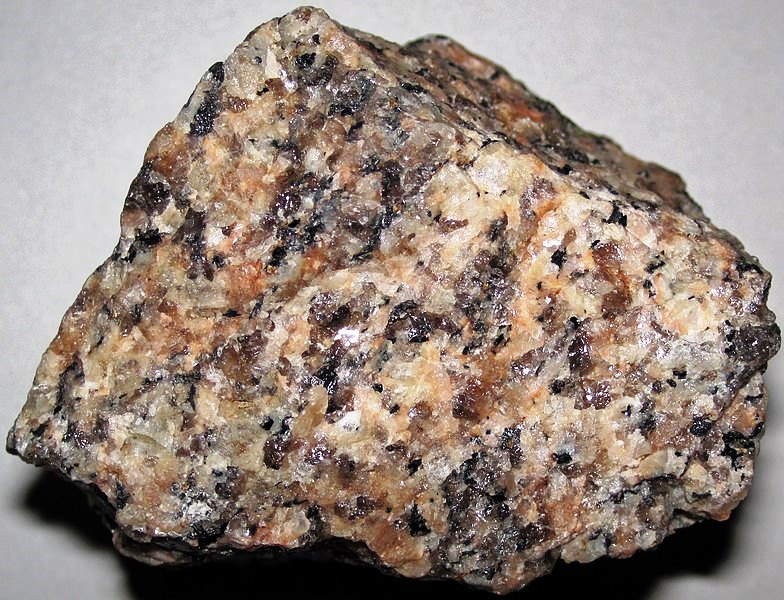
Photo: James St. John
Intrusive igneous rocks form when magma cools slowly beneath the surface of the Earth. It can take thousands of years before magma solidifies into igneous rock, and the result is a large, crystallized rock. Think of the large granitic rocks that can be seen in places like Yosemite and Joshua Tree National Park.
Granite is a common igneous rock found in San Diego County. Granite is a medium coarse-grained igneous rock that is composed of the mineral’s quartz and feldspar.
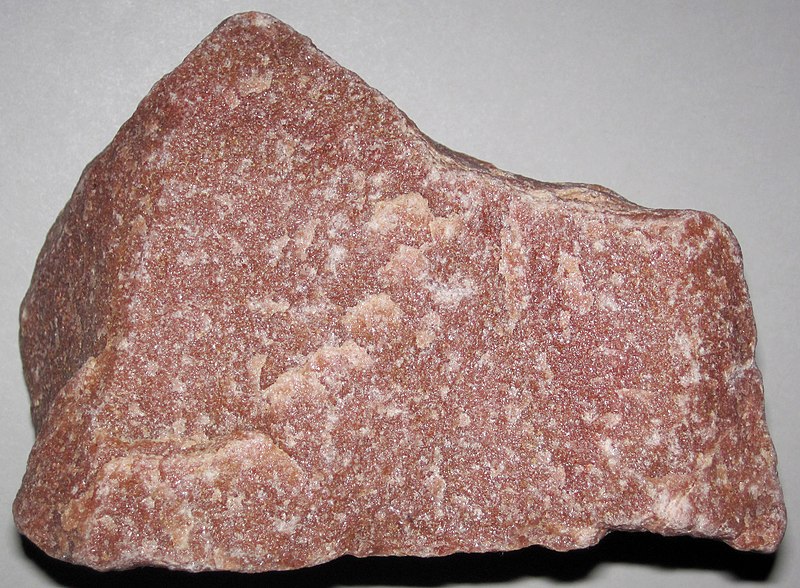
Metamorphic Rock
Metamorphic rocks have been changed by heat, pressure, water, or a combination of these elements. Metamorphism literally means to change form. In these extreme conditions, the minerals in metamorphic rocks are replaced and form new minerals. They may look similar to sedimentary rocks but are actually much harder. Common metamorphic rocks include marble, soapstone, and gneiss.
Metamorphic Rock in San Diego
Quartzite is a common type of metamorphic rock found in San Diego County. It is a great example because it is a metamorphic rock that used to be the sedimentary rock sandstone. The sandstone turns into quartzite when exposed to extreme heat and pressure. It is a perfect demonstration of how the rock cycle is always moving and transforming!

Metavolcanic Rock
Archaeologists use the term metavolcanic when referring to igneous rocks that were subjected to high pressures and temperatures, causing them to change.
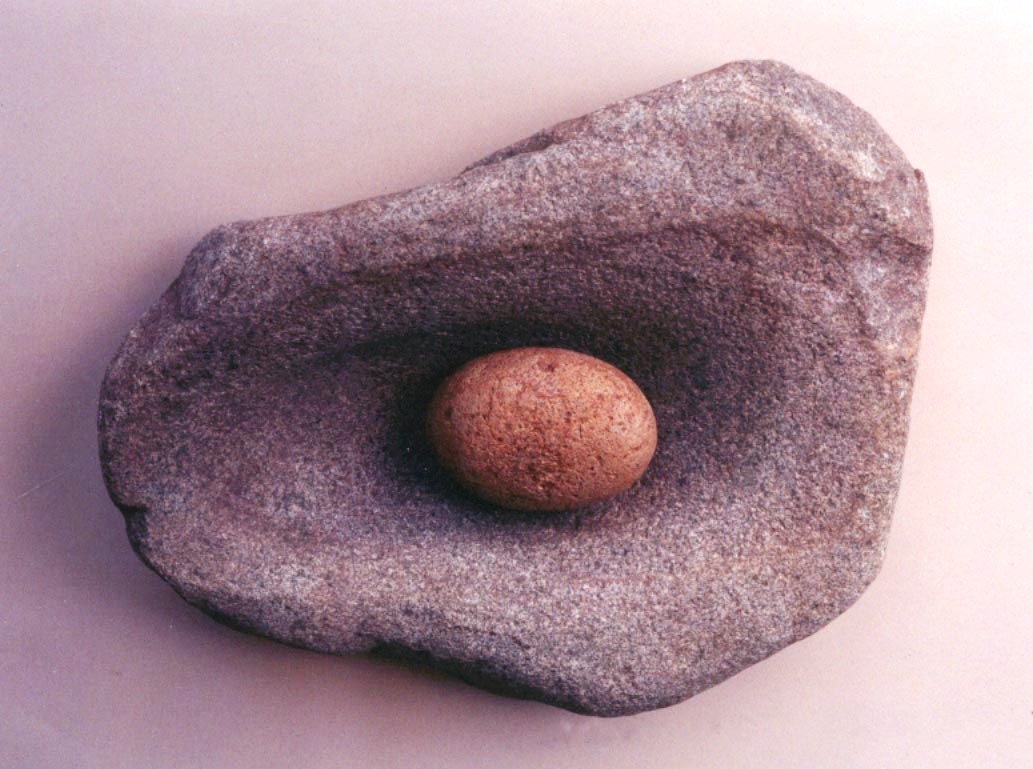
Rock Types Used for Tool Making in San Diego
Of the three rock types, igneous rocks are the most predominantly used rock type for tool making in San Diego County. A study done at the SDAC between the years 2007 and 2012 revealed that 66% of the handstone prehistoric cultural resources found in the area were made from igneous rock.
by Jessica McPheters, Collections Manager


